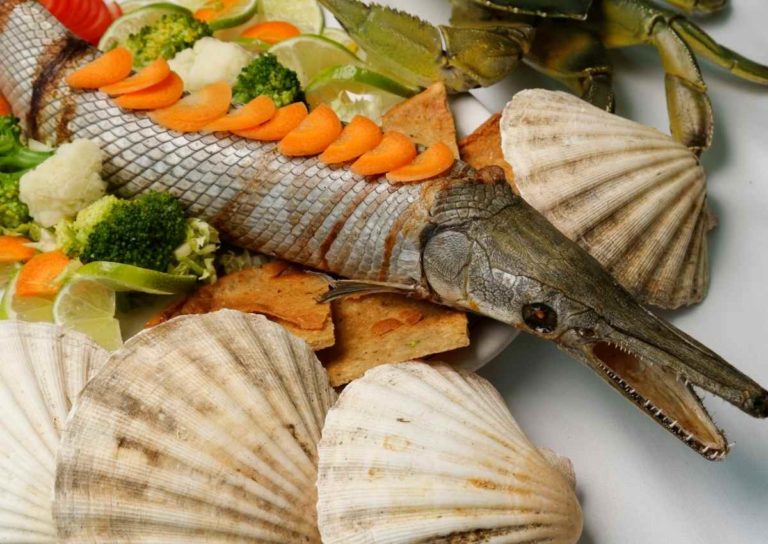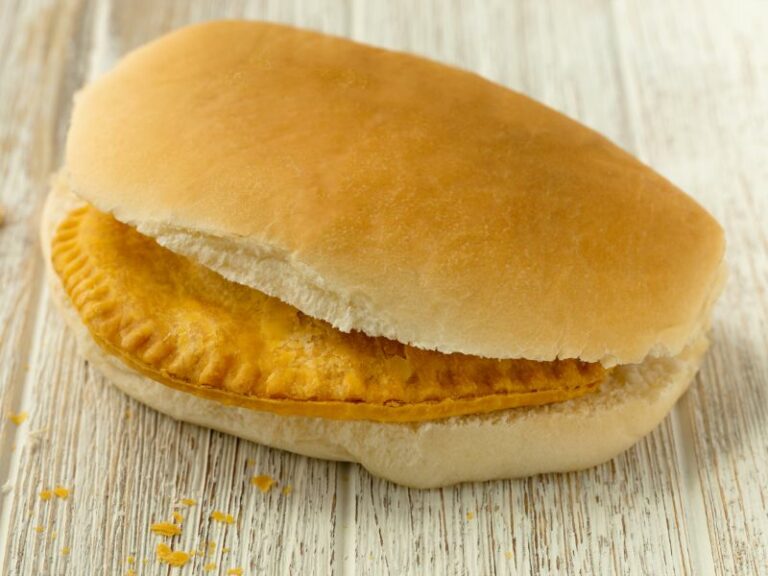Belizean Food: 9 Traditional Dishes of Belize
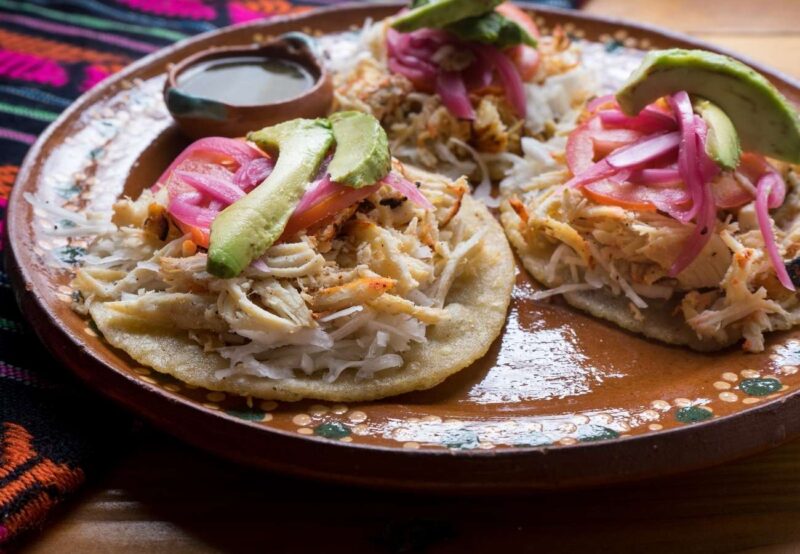
Belize is a Caribbean country situated on the north-eastern coast of Central America. It is bordered by Mexico, the Caribbean Sea and Guatemala.
The country is home to the world’s second-largest barrier reef, dense forests with howler monkeys and jaguars, mountain pine forests, beautiful rivers, caves, palm-fringed beaches, bonefish flats and so much more to explore.
Belizean food differs from north to south. The northern region of the country has very similar dishes to Mexican cuisine, while the southern region has dishes that are influenced by Spanish cuisine.
Belizean cuisine consists of a large variety of seafood such as lobster and shrimp consumed with different types of breads such as coconut bread, cassava bread or carrot coconut bread. The most popular meats in Belize include beef, chicken, pork, lobster or shrimp, which are easily paired with traditional dishes such as rice and beans.
Rice and Beans
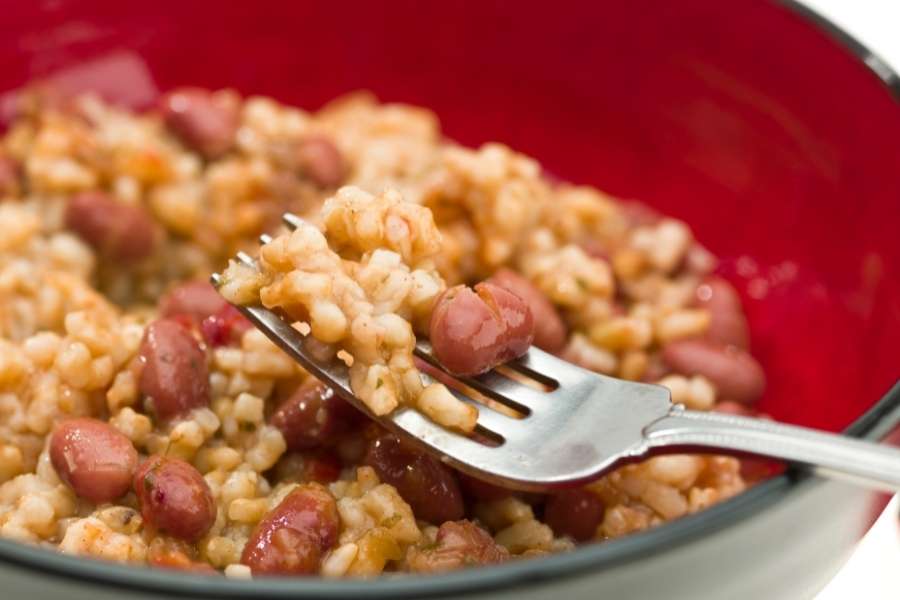
Rice and beans is a dish which is, quite simply, prepared by cooking red beans along with rice and a meat of choice (such as beef, chicken, pork, lobster, fish or shrimp). Prepared in coconut milk, many local spices and a lot of hot sauce are also added to enhance the flavour.
Generally consumed as lunch or dinner, this hearty meal is accompanied by potato salad, ripe fried or baked plantain and freshly prepared habanero, onion and lime juice sauce. It is also considered to be the most popular dish at the Christmas dinner table in Belize.
Belize Fruit Cake
Belize fruit cake is a rum cake baked with preserved fruits and then stored for several days after being drenched with dark local or Caribbean rum.
According to locals, a perfect Belize fruit cake is the one that is moist on the inside and crusty on the outside. The cake is considered to have been baked to perfection when it has no evident cracks and has aged for at least a week.
Belize Fruit Cake is a popular Christmas dessert. It is often served along with a glass of locally prepared wine or a soft drink, ideally lemonade.
Belizean Chicken Stew
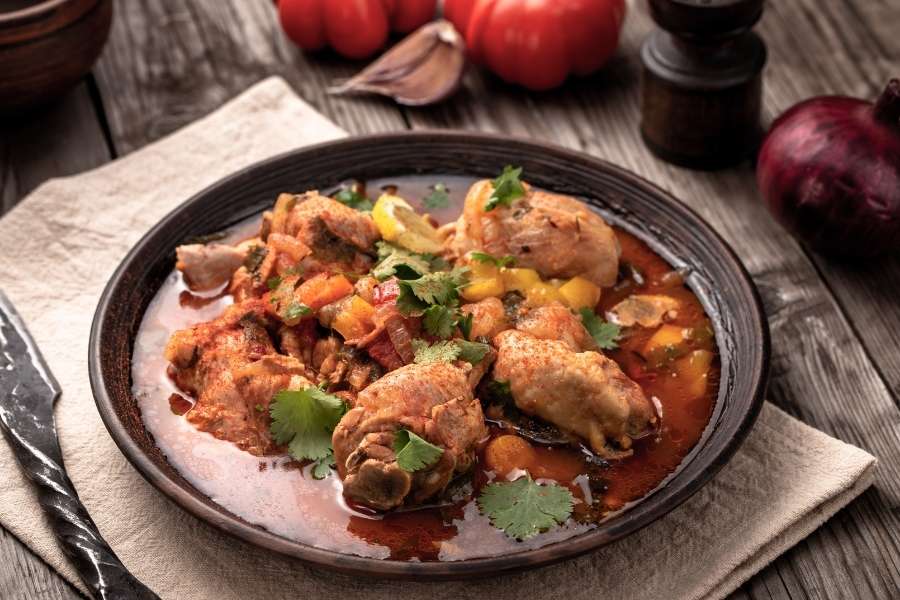
Belizean chicken stew consists of chicken stewed in a gravy that slowly thickens as it cooks. It is typically eaten with rice and beans. A wide variety of spices and herbs are added during the preparation of Belizean chicken stew including cumin seeds, ginger, onion and garlic.
The dish is an ideal blend of good nutrition (protein and carbohydrates) and complex flavors.
Belizean Meat Pie
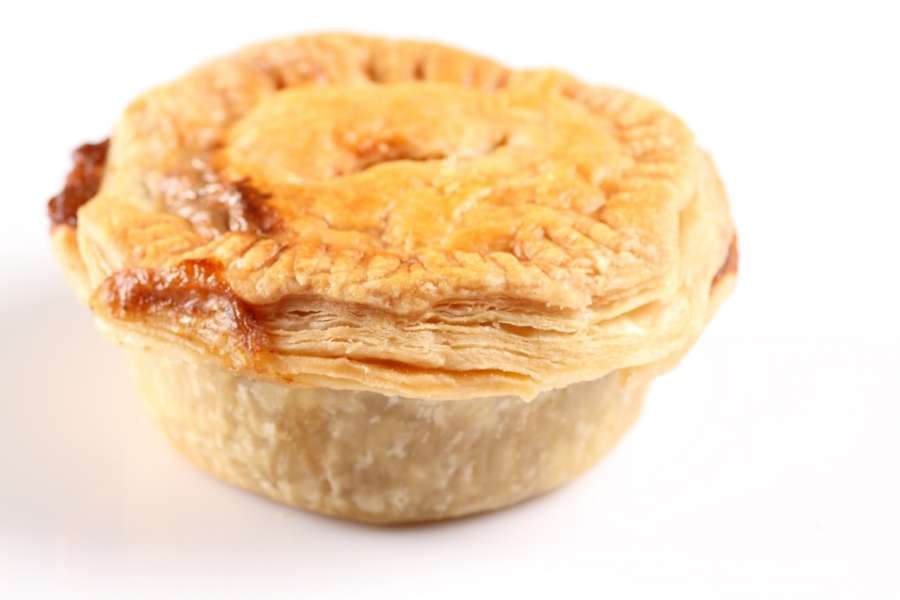
The traditional Belizean pie is prepared using ground meat (generally chicken or beef), plenty of herbs and spices such as thyme, small onions, tomato sauce and three different types of peppers (sweet, habanero, and black).
As far as texture is concerned, the traditional Belizean meat pies are crispy on the outside and soft and juicy on the inside.
They are one of the most widely consumed breakfast foods in the country and can easily be found at local street vendors who sell them during breakfast and lunch time.
Salbutes
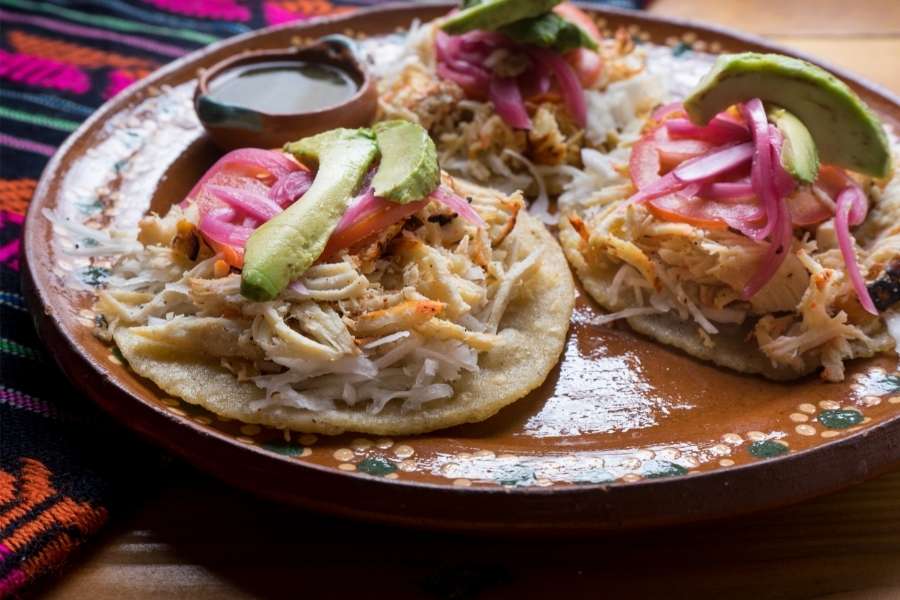
Salbutes are tortillas topped with various ingredients including lettuce, chicken or turkey, onion, tomato and avocado slices. Typically consumed during the evening as a snack, it is often accompanied by soda or soft drinks. Somewhat crispy in texture, Salbutes are eaten for lunch, dinner and late-night snacks.
Originally invented by the meztizos, this on-the-go dish is sold by the local street vendors in the country.
Tamales
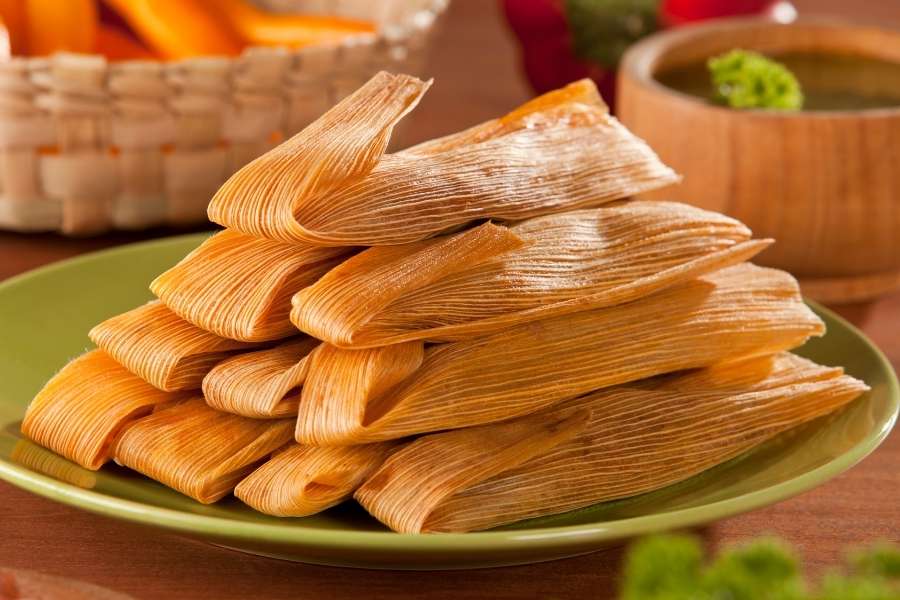
Tamales are steam-cooked wraps of cornmeal filled with a variety of ingredients, including chicken, pork or beans, along with green peas, onions and chopped tomatoes. The tamales are wrapped in plantain leaves or banana leaves for steaming, which are later thrown away before serving.
There are many other variations of tamales. Some are salty, some are sweet and and some are fruity, while some variations also include cheese, fruits, vegetables and chilies. Originally a traditional Mesoamerican dish, tamales can be found pretty much everywhere in the country, especially at public markets.
Chicken Escabeche
Escabeche is basically a chicken soup which is prepared with onions as the main ingredient. The onions should preferably be white Mexican ones with a slight or no bite in flavor. It is very important for the onions to be crisp and not overdone. Other important ingredients include white sugar cane vinegar and chicken stock. Some people substitute it with sour orange.
The chicken is first seasoned with oregano and thyme. It is then slightly broiled and roasted before adding it to the soup (which is seasoned with onions, black pepper, allspice, and jalapeño pepper). Escabeche originally belonged to Yucatec Maya and Spanish cuisine. It is typically consumed hot along with handmade corn tortillas.
Cochinita Pibil
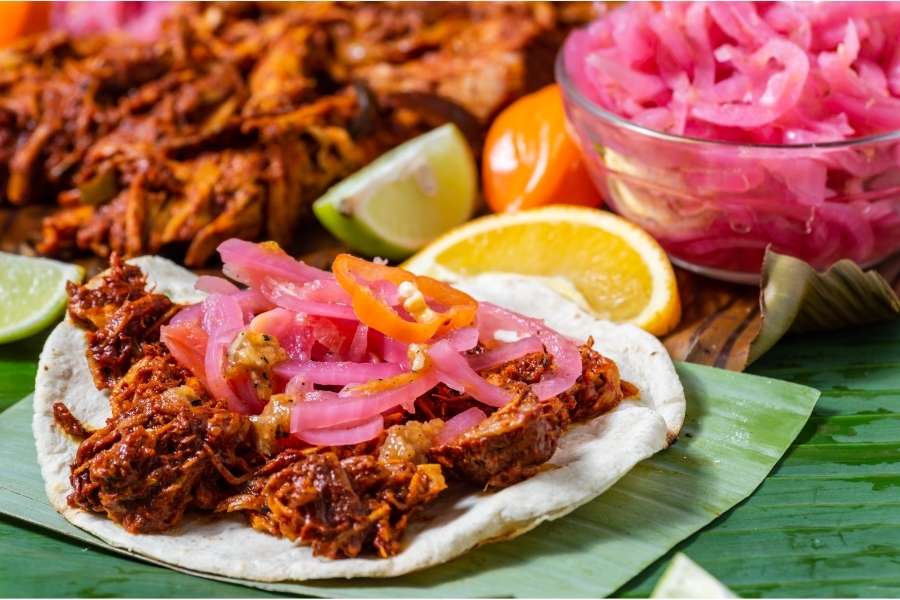
Cochinita pibil is a typical Yucatec-Maya pork dish that involves the marination of pork meat in sour orange juice flavored with annato seed paste (a homegrown spice also called recado), garlic, allspice and onion. The pork is then covered in a plantain leaf and is allowed to slow cook and smoke for several hours until it tends to become juicy and tender.
Residents of Belize who do not know the Spanish language call this dish Pibil Pork. It is generally consumed with warm hand-made corn tortillas, avocado and fresh habanero pepper sauce.
Rompope
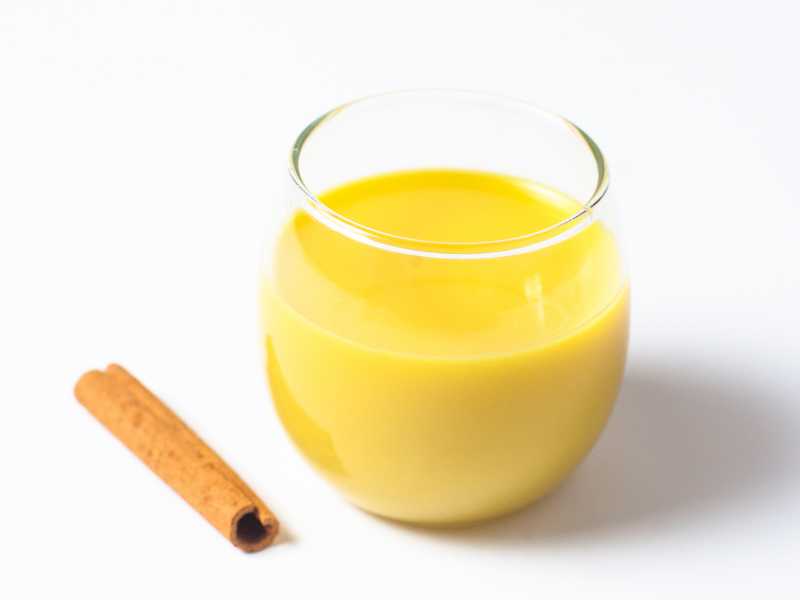
Rompope, also known as Mexican eggnog, is a dairy-based alcoholic drink similar made using milk, sugar, spices, egg yolks, vanilla and rum. The milk and sugar are heated up to infuse with the spices. The egg yolks are beaten first, before adding into the milk mixture and the alcohol is added last.
It is popular in many Central and South American countries, although it is most commonly associated with Mexico where it was invented.



